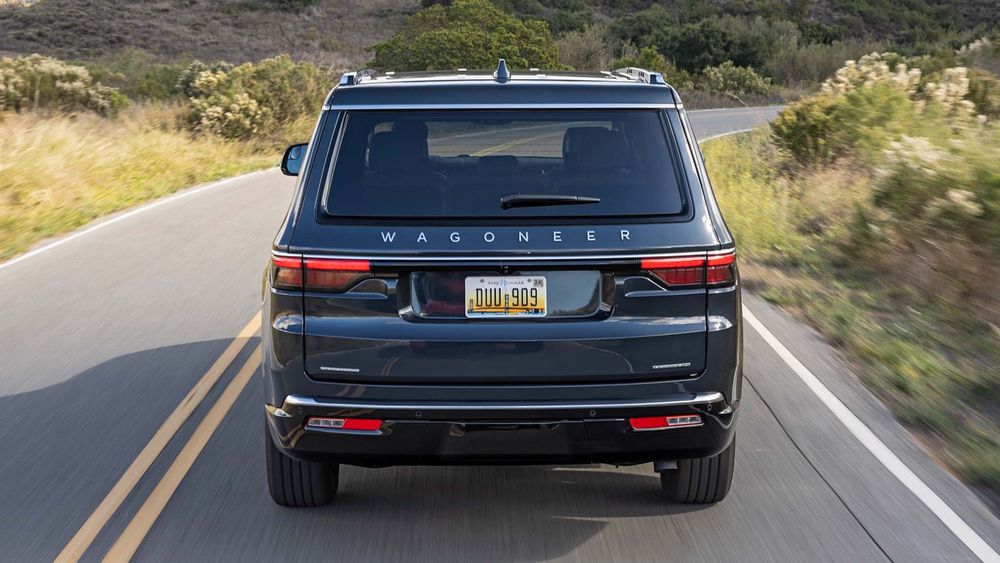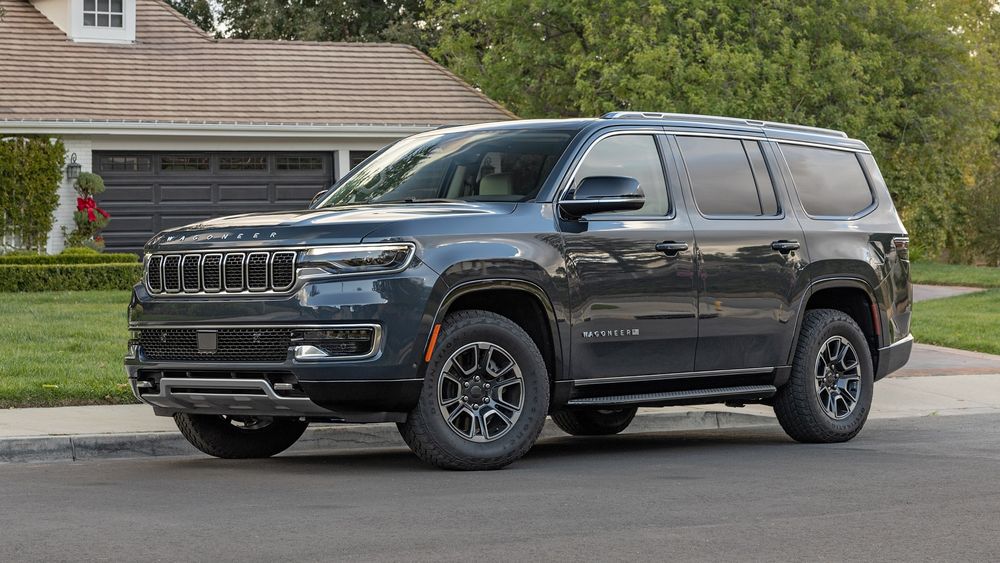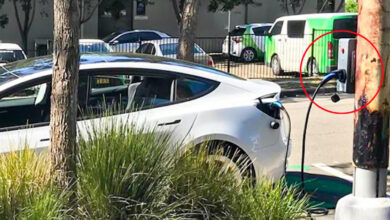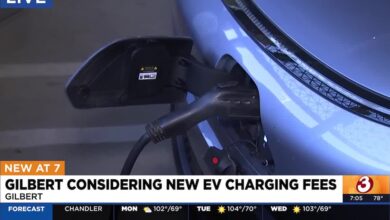Switching to a Gas Jeep Wagoneer From an EV
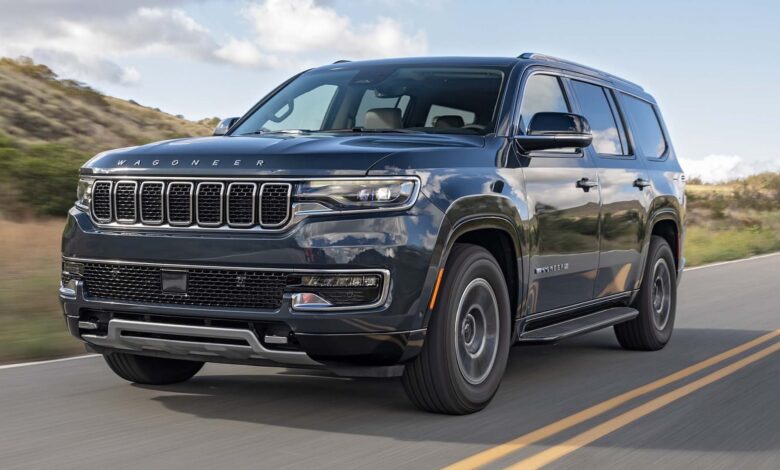
According to a 2021 UC Davis study, around 20-percent of EV owners switch back to a traditional gas-powered vehicle. I inadvertently became one of them when we took delivery of a 2023 Jeep Wagoneer Series II in our yearlong review fleet, trading in our electric Ford F-150 Lightning Lariat for our handsome new gas-swilling Jeep. While there are certainly some aspects of EV ownership I don’t miss, I’m equally surprised by what I do.
You’re Gonna Go Far, Kid
The most obvious difference between the ownership experience between my Ram-based Jeep Wagoneer and electric F-150 is the lack of range anxiety. While I maintain there are few places in this country an electric vehicle coulnd’t go, fact is charging infrastrucuture reliability has been—to say the least—a major pain point when road tripping the Lightning. While things are improving thanks to Tesla’s Supercharger network opening to third party vehicles like our Lightning, I’m nevertheless enjoying the freedom that comes from our Jeep’s “Hurricane” 3.0-liter turbocharged I-6. It’s nice being able to hop into the Wagoneer and just drive, knowing that the inevitable gas station I stop at will just work.
Plugged In
That’s not to say I enjoy going to gas stations. Averaging 15.5 mpg relatively early in its stay with us, it’s not what I’d call fun making the time to drop a hundred bucks or so every other week on midgrade at our local gas stations. With the Lightning—or any EV, really—I was simply able to plug the thing in at home and wake up to a full charge every morning. Unless an oil well and refinery springs up in my backyard, that convenience simply can’t be beat.
Slow Going
There are other aspects of owning an EV that I miss, too. With 420 hp and 468 lb-ft of torque on tap from its smooth-revving I-6—good for a 5.4 second run to 60 mph—the Wagoneer isn’t exactly what I’d call slow, but it and the other gas and diesel-powered SUVs in its class simply can’t compete with performance on tap offered by similar electric SUVs. EV SUVs like the Rivian R1S, Kia EV9, or even Jeep’s own upcoming Wagoneer S can have more than twice the power at similar price points, and all offer up instant right now acceleration that simply isn’t possible with an engine due to the ways engines and transmissions work. We haven’t driven the electric Wagoneer S yet, but for a point of comparison, the aforementioned Rivian and Kia can accelerate from 0-60 mph in as little as 3.1 seconds and 4.5 seconds, respectively, which translates to confidence-inspiring performance at any speed.
The Transition Overall
Despite my mixed feelings on swapping an EV for our Wagoneer, it’s inherently a great vehicle to dip back into the ICE world with. Like many great EVs, our Wagoneer is exceptionally quiet, its serene cabin and killer sound system easily masking noises from both its engine and the road. With its optional four-corner air suspension and cushy off-road oriented tires, it’s also smooth riding, eating up pavement lumps better than our similarly-sized Ford EV did. And, while our Jeep’s power delivery isn’t anywhere near as quick as an EV would be, it’s engine’s broad power band and slick eight-speed automatic do an exceptional job at capturing the essence of the smooth, seamless way great EVs sail down the road.
